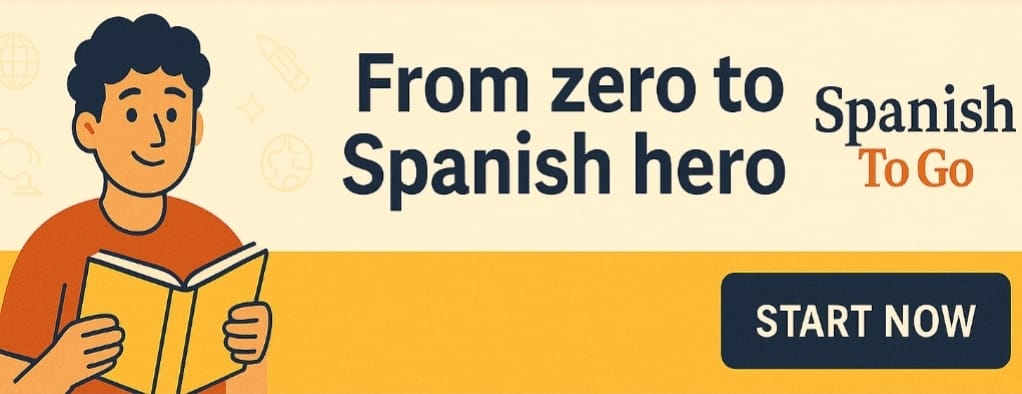How to Say Once Upon a Time en Español
Introduction
Learning Spanish vocabulary is essential for anyone looking to communicate effectively in Spanish-speaking environments. One commonly used phrase is “once upon a time,” which translates to “érase una vez” in Spanish. This phrase is not only significant in storytelling but also serves as a cultural bridge to understanding the rich tradition of narratives in the Spanish-speaking world.
Contexts of Usage
The phrase “érase una vez” is often used at the beginning of fairy tales and stories, much like its English counterpart. Here are a few contexts where you might encounter it:
- Children’s bedtime stories
- Folklore and fairy tales
- Literary works and storytelling events
Pronunciation
The pronunciation of “érase una vez” is as follows: eh-rah-seh oo-nah behs. Breaking it down can help with mastering the phrase:
- Érase: eh-rah-seh
- Una: oo-nah
- Vez: behs
Grammar Rules and Expressions
Understanding the grammar behind “érase una vez” can enhance your Spanish skills. The phrase is composed of:
- Érase: This is the third person singular form of the verb “ser” in the imperfect tense, meaning “there was” or “there used to be.”
- Una: This means “a” or “one,” indicating a singular noun.
- Vez: This translates to “time” in the context of occurrences.
Example sentences:
- Érase una vez un príncipe que vivía en un castillo. (Once upon a time, there was a prince who lived in a castle.)
- Érase una vez una niña que amaba los cuentos. (Once upon a time, there was a girl who loved stories.)
Tips for Practicing and Remembering
To effectively remember and practice the phrase “érase una vez,” consider the following tips:
- Incorporate it into your storytelling when practicing Spanish.
- Listen to Spanish fairy tales and pay attention to how the phrase is used.
- Practice with a language partner or tutor to reinforce your learning.
Conclusion
Understanding how to say “once upon a time” in Spanish, or “érase una vez,” is a delightful addition to your Spanish vocabulary. By using it in various contexts and practicing regularly, you can enhance your language skills and connect with the rich storytelling tradition of the Spanish-speaking world.

